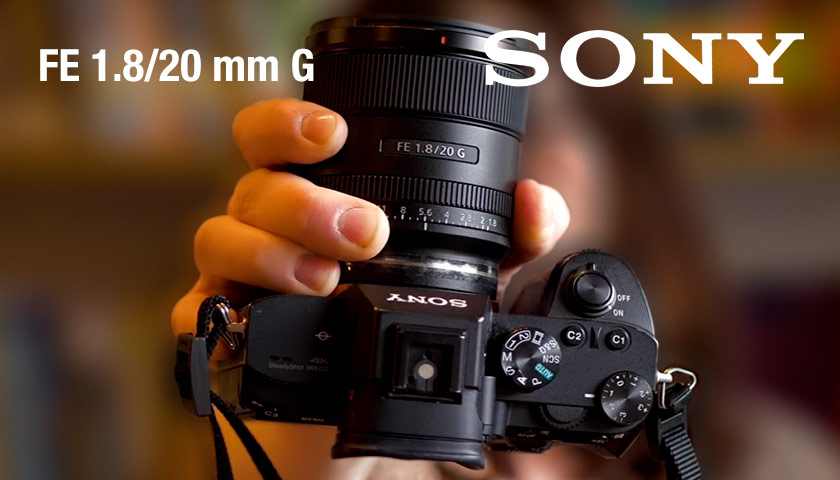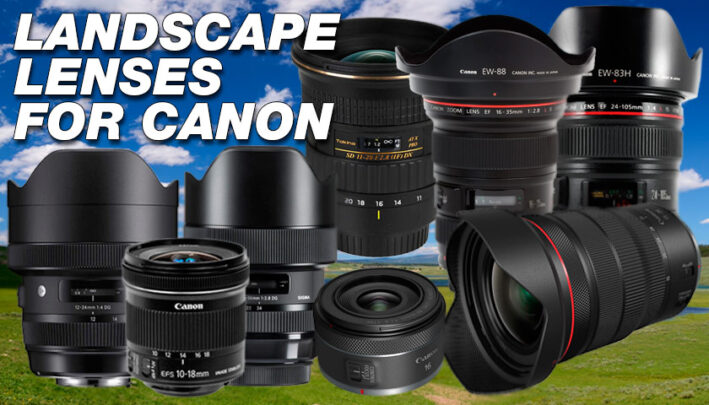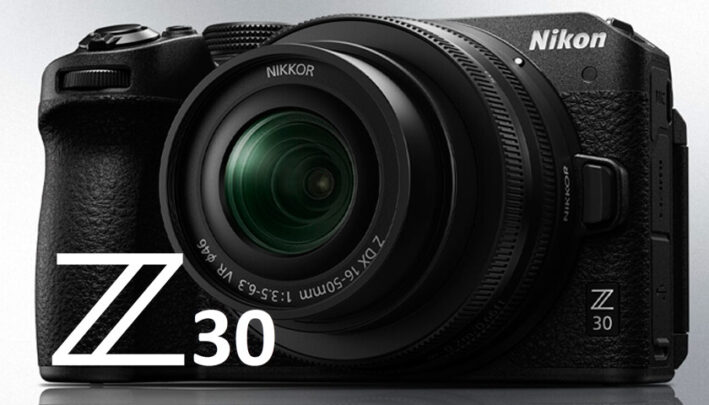Hits: 65
Sony’s FE 20 mm f/1.8 G is an ultrawide-angle full-frame lens made for Sony E-mount cameras. Relatively small and light, this prime lens has excellent optics and autofocus speed.
The sample we evaluated was sharp from center to corners and exceptionally well corrected for both optical and geometric distortions. It was an excellent match for Sony’s current flagship camera, the 60-megapixel a7R IV. Even with erratically moving subjects at close range and large apertures, the autofocus speed, accuracy, and optical and mechanical characteristics make it ideal for photography in low light. It’s a worthy alternative to more expensive, larger, and heavier high-quality zooms, but you won’t have the other focal lengths at your fingertips, so you’ll have to “zoom with your feet,” as they say.
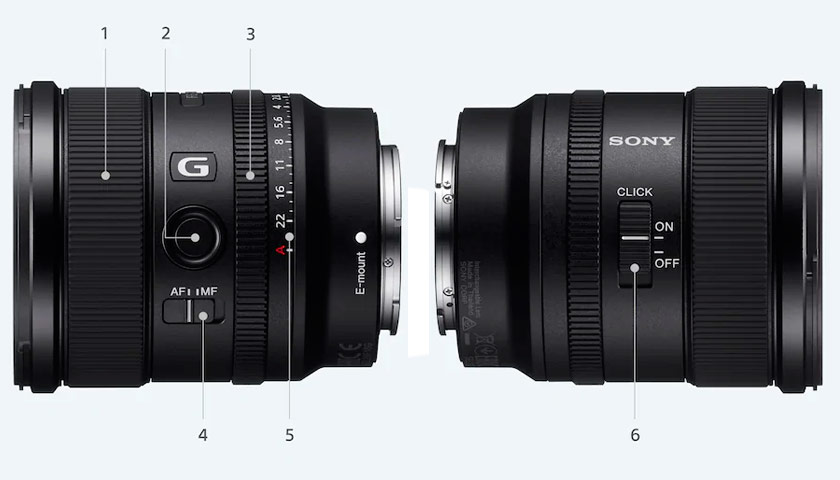
Lens structure
A lens’ optical characteristics stem from the types of glass and coatings on its internal and external surfaces. In this lens, the optical path (14 lenses in 12 groups combined with a nine-bladed iris) contains three elements made from extra-low dispersion (ED) glass. Two other elements are aspheres-lenses molded with complexly curved surfaces. Multiple layers of ultra-thin metallic coatings, each tuned to a specific color, improve acuity by reducing the refractive angles of different colors as they enter and exit a lens element. On some internal elements, Sony uses its Nano AR coating.
We found that with the a7R IV running current firmware, the camera and lens combination had no problems keeping up with some rambunctious dogs while we photographed them from very close distances with the camera at ground level. In manual focusing mode the near focus limit is 18 cm; in autofocus mode the near limit is 19 cm. The difference in close focusing limits is common in lenses using linear electromagnetic (LEM) auto-focus motors. These motors move the focusing groups back and forth very fast and accurately.

To protect the lens from penetration by moisture and dust, Sony deploys a system of seals around all joints and physical controls: an aperture ring, the aperture click-stop actuator, AF/MF switch, and the programmable focus hold button. The outside of the front element has a moisture- and oil-repellant fluorine coating, making it easy to clean even after a wet-nosed dog gave it a sniff.
We enjoyed the time with this lens. It’s sharp across the full angle of view, and there are no optical aberrations or geometric distortions to complain about. Beyond its fine acuity, it’s also capable of producing a visually pleasing, smooth bokeh. The focusing mechanism is swift and accurate. Although the short focal length technically classifies it as an ultrawide-angle lens, on a full-frame camera we find the 20 mm focal length to be a near match for the full field of vision.
For architectural and nature work, it’s not such a short focal length lens that near/far spatial relationships between objects appear to be grossly distorted. It’s also small and light enough to leave it on the camera as a general-purpose walk-around lens.
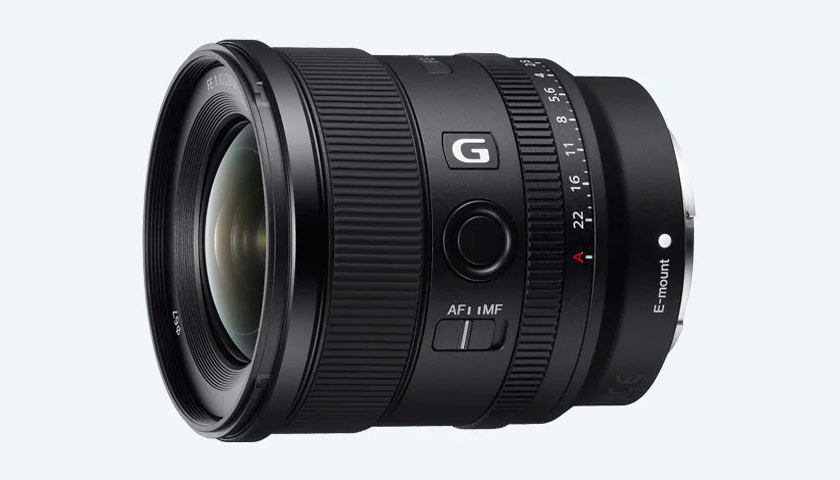
We appreciate that Sony includes an aperture setting ring with third-stop click stops on the lens. And while it was challenging to limit ourself to just one focal length, the exercise was fun, and it engaged our creative energy. The Sony FE 29 mm f/1.8 G is available for 695,00 €.

